EUREKA, Calif. – In response to advocacy by the Mountain Lion Foundation and other animal protection and conservation groups, Humboldt County today approved a new contract with the federal wildlife killing program, Wildlife Services, that will result in far fewer native species being killed. The contract requires Wildlife Services to adopt numerous reforms, including placing a priority on nonlethal mitigation measures for wildlife complaints in urban and suburban areas.
The coalition of advocacy organizations had notified Humboldt County that its existing contract with Wildlife Services violated state law by allowing the use of lethal methods without considering their impacts to the environment. Advocates immediately started working with county officials to create an agreement emphasizing nonlethal controls and other reforms.
Under the modified contract, Wildlife Services cannot kill animals in urban or suburban areas of the county before implementing “all feasible nonlethal mitigation measures.” The new contract also imposes reporting requirements and restricts cruel or ecologically harmful killing methods such as pesticides, lead ammunition and body-gripping traps.
The coalition has reached similar agreements with other California counties; Shasta, Siskiyou, Monterey, Sonoma, and Mendocino Counties have all terminated, suspended, or considered the environmental effects of their contracts — either voluntarily or by court order – after the coalition and others took or threatened legal action.
“Co-existence with our wild lands and the animals that inhabitant them is not just possible but imperative to ecosystem balance,” said Debra Chase, CEO of the Mountain Lion Foundation. “We commend the county for taking this action.”
For nearly a decade, Humboldt County has employed Wildlife Services to kill hundreds of native animals under contract with Wildlife Services. Data from that federal wildlife-killing program shows that in the period from 2008-2017 in Humboldt County alone Wildlife Services killed at least 178 coyotes, 54 black bears, 43 gray foxes, 23 mountain lions, 483 raccoons, 880 skunks, and 112 opossums – overwhelmingly on behalf of the livestock industry.
Coalition groups said today that wildlife can rest a little easier because of today’s Humboldt County agreement. “We’re grateful that Humboldt County has taken this step towards more humane and effective management of its wildlife,” said Collette Adkins, carnivore conservation director at the Center for Biological Diversity. “I’m hopeful that the days of Wildlife Services’ indiscriminate and cruel killing of California’s wildlife are coming to an end.”
Members of the coalition point to an array of nonlethal methods that have long been available to the federal Wildlife Services program, but “this federal program has – for far too long – been given carte blanche by local governments to kill wildlife rather than find other solutions to mitigate human-wildlife conflict,” said Lindsay Larris, wildlife program director of WildEarth Guardians. “We are pleased that Humboldt County is taking a step towards coexistence in holding Wildlife Services to a higher standard of conduct that we hope to see emulated across the American West.”
The coalition includes the Animal Legal Defense Fund, Animal Welfare Institute, Center for Biological Diversity, Environmental Protection Information Center, Mountain Lion Foundation, Project Coyote and WildEarth Guardians.
###
About the Animal Legal Defense Fund:
Forty years of fighting for animals: The Animal Legal Defense Fund was founded in 1979 to protect the lives and advance the interests of animals through the legal system. To accomplish this mission, the Animal Legal Defense Fund files high-impact lawsuits to protect animals from harm; provides free legal assistance and training to prosecutors to assure that animal abusers are punished for their crimes; supports tough animal protection legislation and fights harmful legislation; and provides resources and opportunities to law students and professionals to advance the emerging field of animal law. For more information, please visit aldf.org.
About the Environmental Protection Information Center (EPIC):
Since 1977, EPIC has advocated for the protection and restoration of Northwest California’s forests and wildlands, using an integrated, science-based approach, combining public education, citizen advocacy, and strategic litigation.
About the Center for Biological Diversity:
The Center for Biological Diversity is a national, nonprofit conservation organization with more than 1.7 million members and online activists dedicated to the protection of endangered species and wild places.
About the Mountain Lion Foundation:
The Mountain Lion Foundation is a 501c3 non-profit organization dedicated to the protection and preservation of America’s lion and their habitat. Since 1986 the Foundation and more than 7000 of its members have acted on the belief that mountain lions are in peril and our nation is on the verge of destroying this apex species upon which whole ecosystems depend. For more information, visit mountainlion.org
About Project Coyote:
Project Coyote, a national nonprofit organization headquartered in Northern California, is a coalition of wildlife educators, scientists, ranchers, and community leaders promoting coexistence between people and wildlife, and compassionate conservation through education, science, and advocacy. For more information, visit ProjectCoyote.org
About the Animal Welfare Institute:
The Animal Welfare Institute (www.awionline.org) is a nonprofit charitable organization founded in 1951 and dedicated to reducing animal suffering caused by people. AWI engages policymakers, scientists, industry, and the public to achieve better treatment of animals everywhere – in the laboratory, on the farm, in commerce, at home, and in the wild. Follow us on Facebook, Twitter and Instagram for updates and other important animal protection news.
About WildEarth Guardians:
WildEarth Guardians is a non-profit organization, founded in 1989, committed to the protection and restoration of wildlife, wild places, wild rivers and the health of the American West. For more information, visit www.wildearthguardians.org
Photo credit: Valerie Abbott – Ucumari Photography
 Voter-Designated Funds to Help Acquire and Link Critical Wildlife Habitat
Voter-Designated Funds to Help Acquire and Link Critical Wildlife Habitat

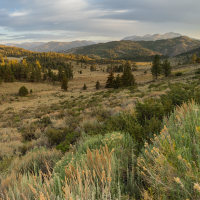

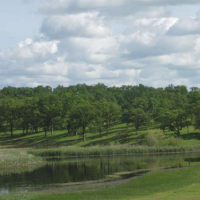

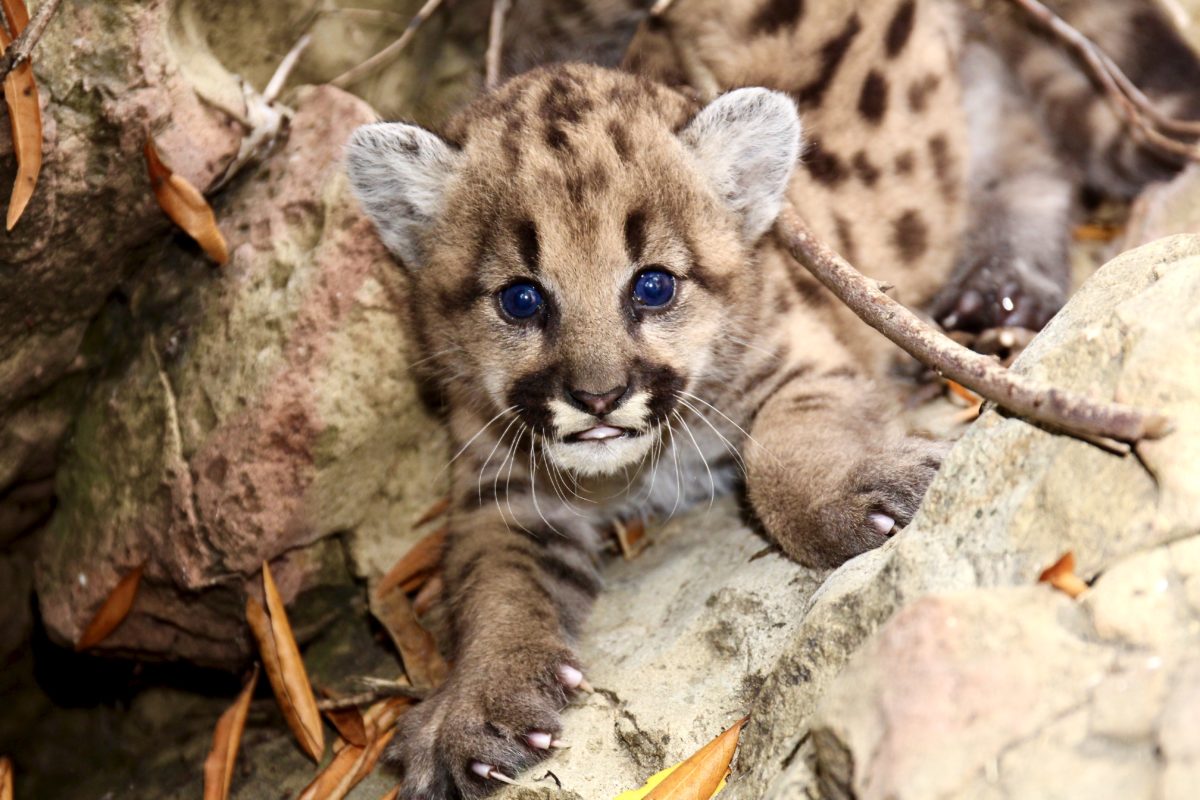
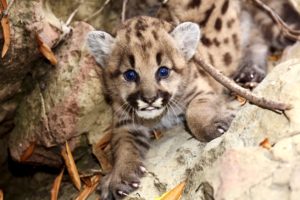
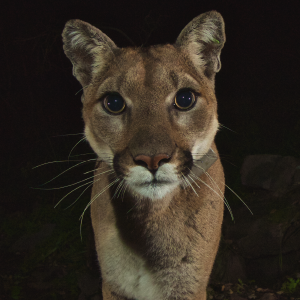

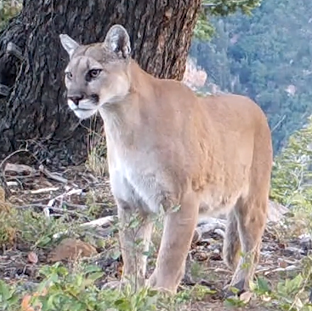

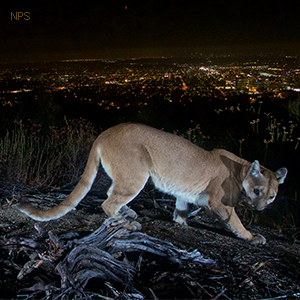

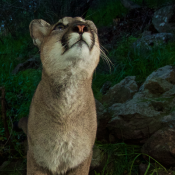
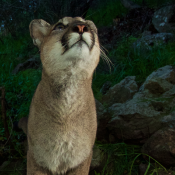 Washington State’s cougars – mountain lions – need your help today. Special interests have convinced the Washington Department of Fish and Wildlife to consider new rules regarding cougar hunting in Washington. The Fish and Wildlife Commission is going to vote on one of four options, or it could vote to not change anything. “Option 1 Status quo median density” is the least onerous choice that citizens are asked to choose from, the other three options will greatly increase the number of cats that hunters can kill. Options 2, 3, and 4 have no support from scientific research, whereas Option 1 is closest to biologists’ recommendations.
Washington State’s cougars – mountain lions – need your help today. Special interests have convinced the Washington Department of Fish and Wildlife to consider new rules regarding cougar hunting in Washington. The Fish and Wildlife Commission is going to vote on one of four options, or it could vote to not change anything. “Option 1 Status quo median density” is the least onerous choice that citizens are asked to choose from, the other three options will greatly increase the number of cats that hunters can kill. Options 2, 3, and 4 have no support from scientific research, whereas Option 1 is closest to biologists’ recommendations.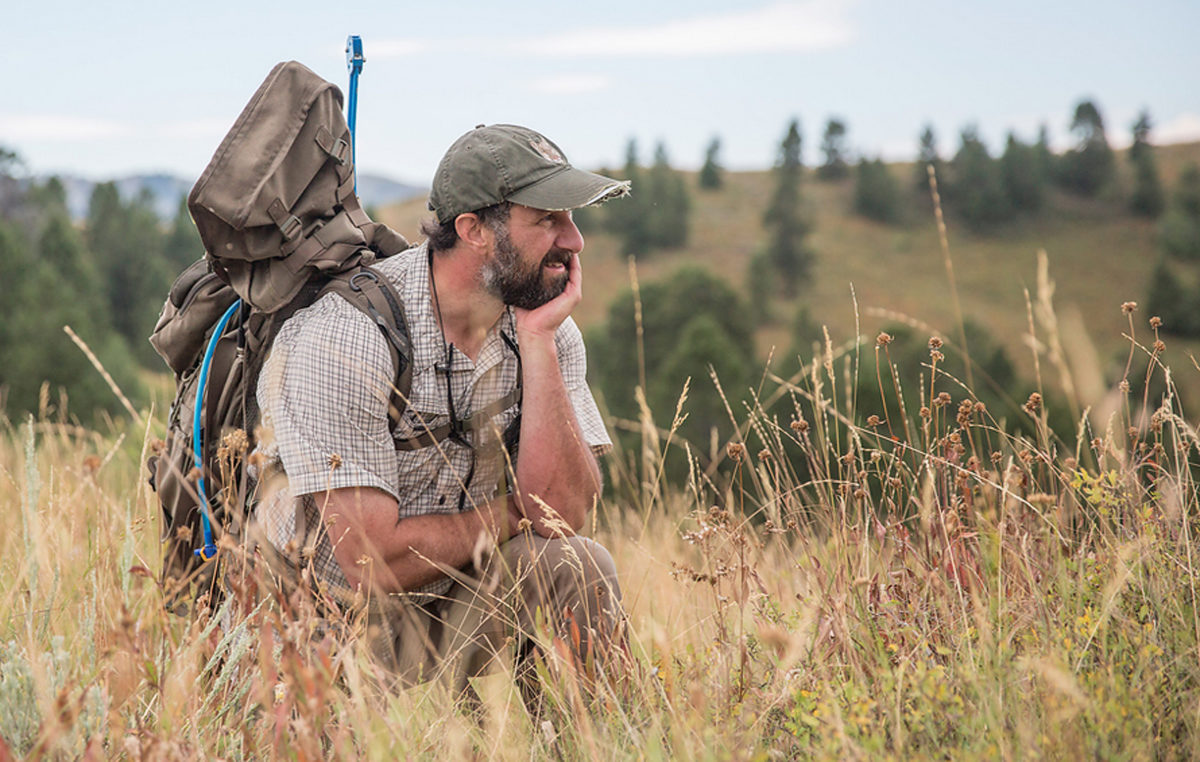
 A Conversation about Cougars
A Conversation about Cougars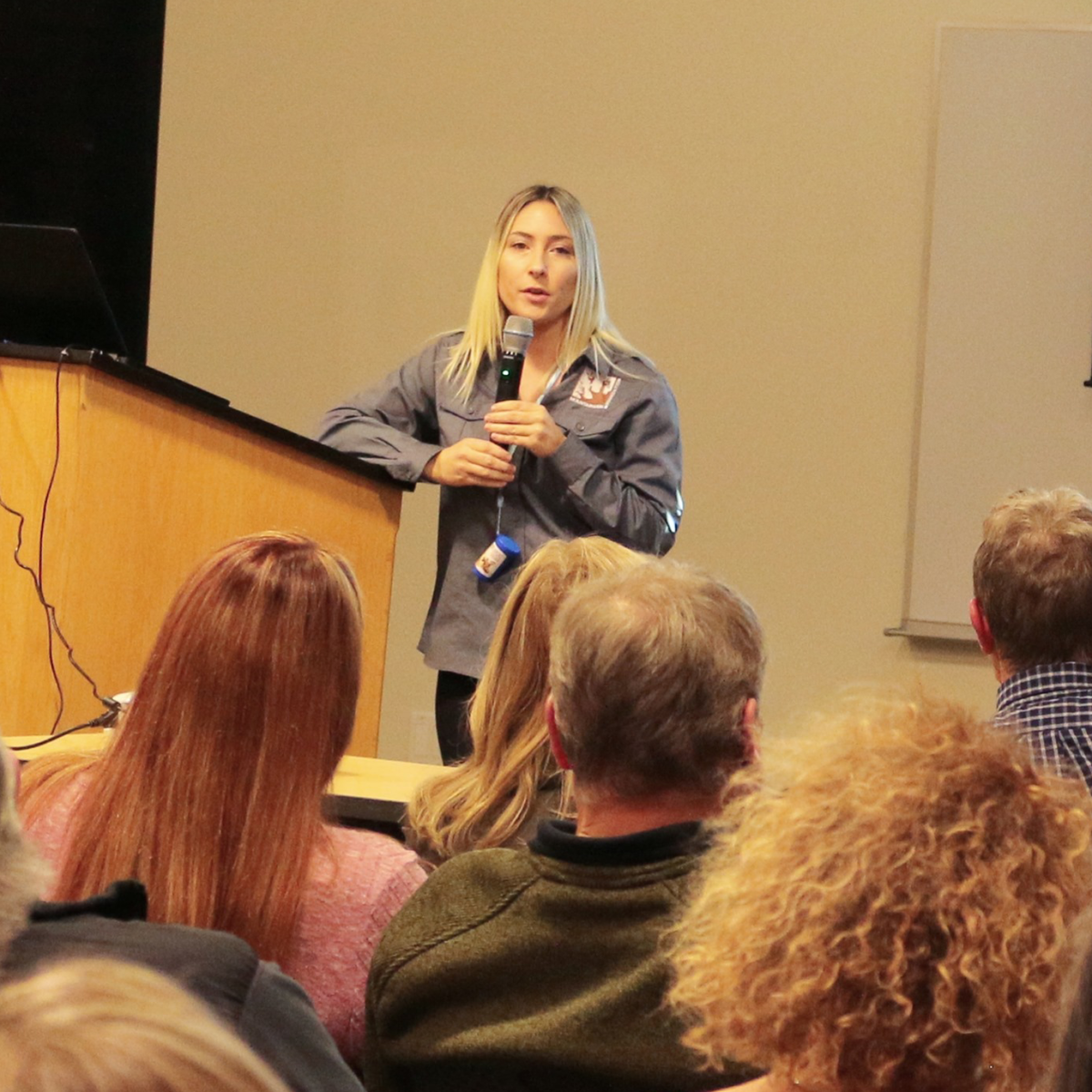
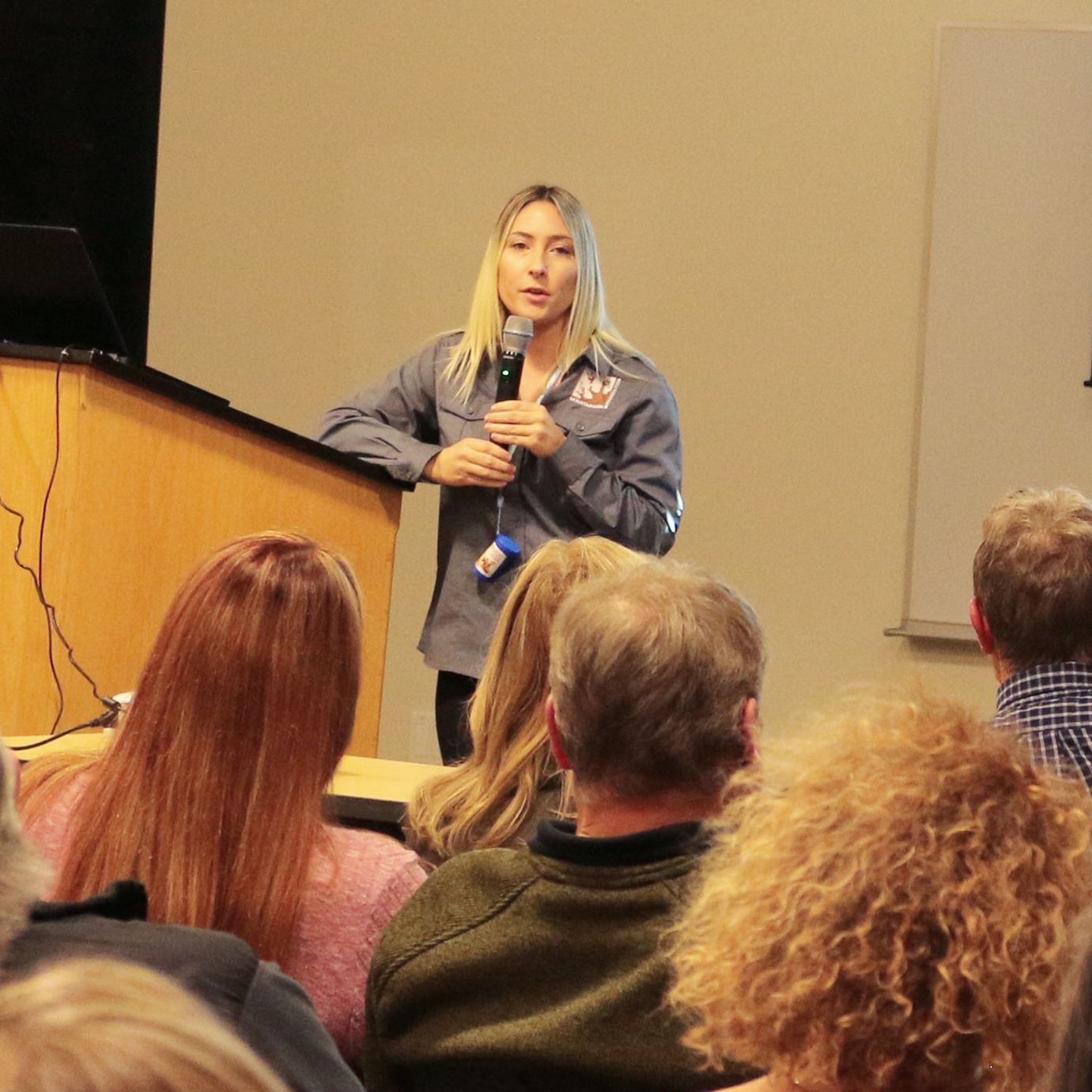
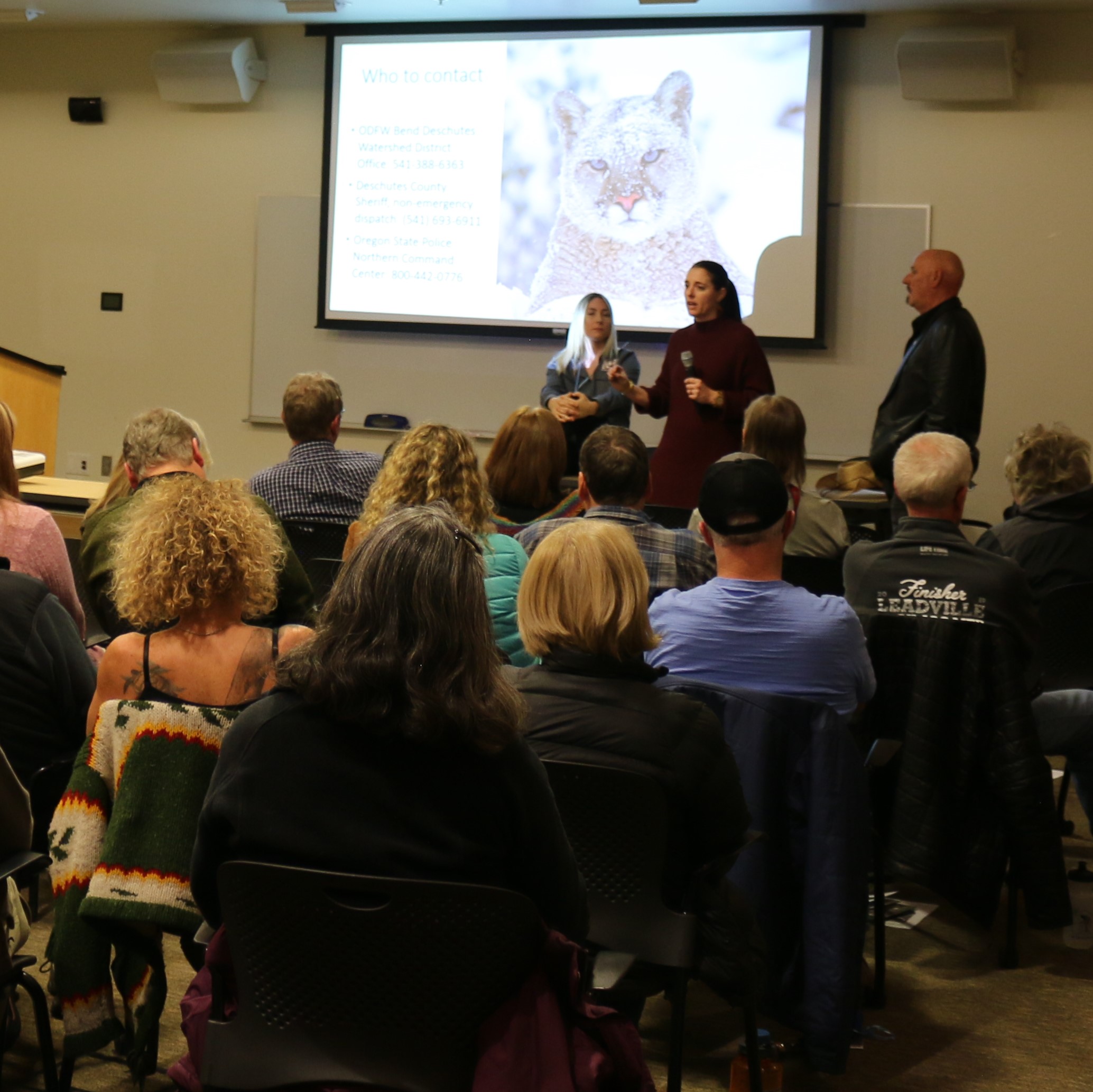 Biologist Dr. Robert Weilgus, and the Mountain Lion Foundation’s Korinna Domingo.
Biologist Dr. Robert Weilgus, and the Mountain Lion Foundation’s Korinna Domingo.
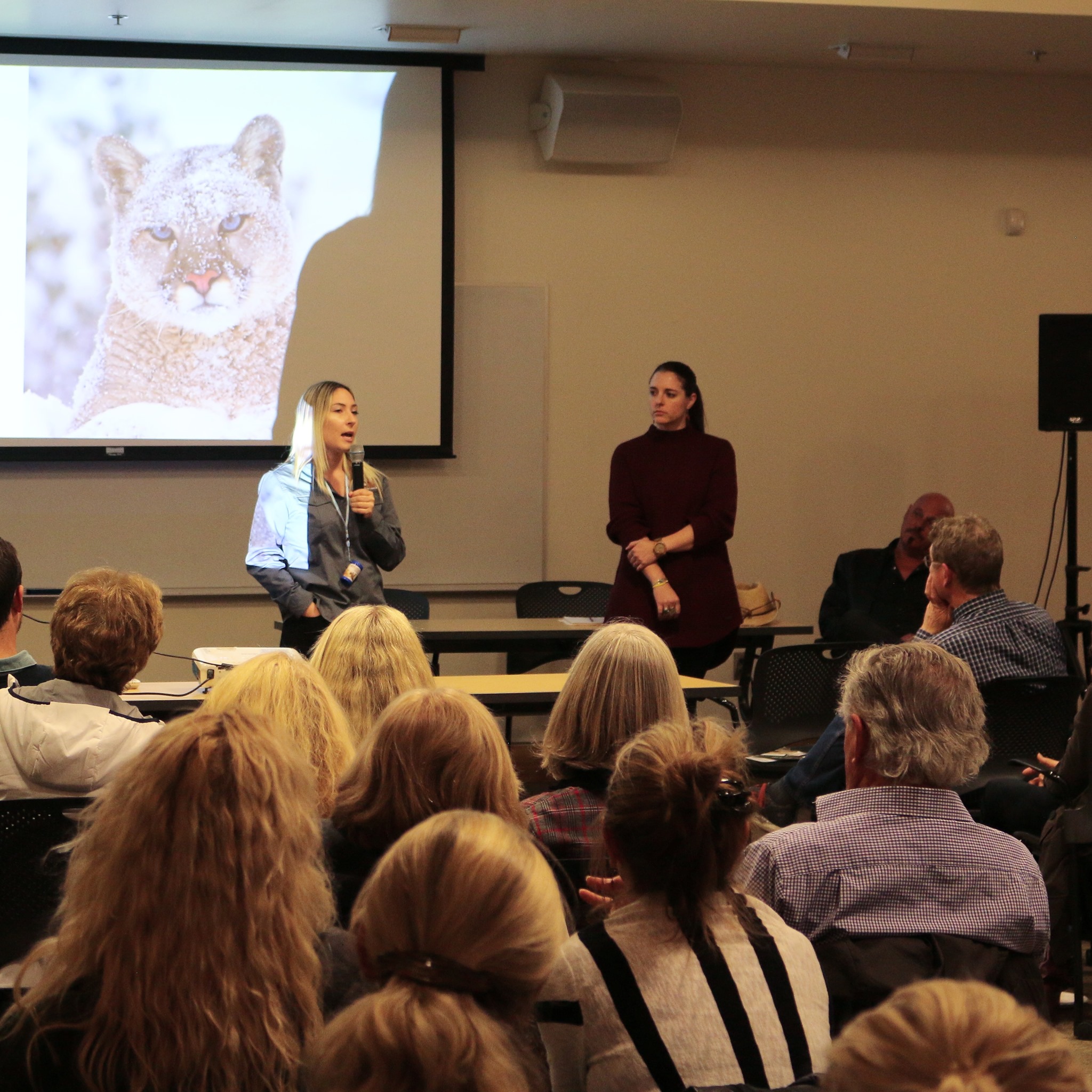 To that end, we have included several action items for Oregonians to consider:
To that end, we have included several action items for Oregonians to consider: